Increase in Vehicle Electrification
The ongoing shift towards electrification in the automotive sector is a pivotal driver for the Automotive and Transportation Connector Market. As manufacturers increasingly adopt electric vehicle (EV) technologies, the demand for specialized connectors that can handle higher voltages and currents is surging. In 2025, it is estimated that the EV market will account for approximately 30% of total vehicle sales, necessitating robust and reliable connectors. These connectors must not only support power transmission but also ensure safety and efficiency in energy management systems. Consequently, the Automotive and Transportation Connector Market is witnessing innovations in connector designs, materials, and manufacturing processes to meet the evolving requirements of electric vehicles.
Rising Demand for Lightweight Materials
The automotive industry's shift towards lightweight materials is driving innovation within the Automotive and Transportation Connector Market. As manufacturers seek to improve fuel efficiency and reduce emissions, the use of lightweight materials such as aluminum and composites is becoming more prevalent. This trend necessitates connectors that are not only lightweight but also maintain high performance and durability. By 2025, it is estimated that the demand for lightweight vehicles will increase significantly, leading to a corresponding rise in the need for specialized connectors. These connectors must be engineered to withstand the mechanical stresses associated with lightweight designs while ensuring optimal functionality. Consequently, the Automotive and Transportation Connector Market is likely to see advancements in connector technology to meet these demands.
Growth of Autonomous Vehicle Technologies
The emergence of autonomous vehicle technologies is poised to reshape the Automotive and Transportation Connector Market. As companies invest heavily in research and development for self-driving cars, the demand for connectors that can support complex sensor systems and high-speed data transfer is escalating. It is anticipated that by 2025, the market for autonomous vehicles will exceed USD 100 billion, creating a substantial opportunity for connector manufacturers. These connectors must be designed to handle the unique challenges posed by autonomous systems, including reliability and safety in critical applications. Thus, the Automotive and Transportation Connector Market is likely to experience a surge in demand for innovative connector solutions tailored to the needs of autonomous vehicles.
Regulatory Compliance and Safety Standards
The increasing emphasis on regulatory compliance and safety standards is a significant driver for the Automotive and Transportation Connector Market. Governments worldwide are implementing stringent regulations to enhance vehicle safety and environmental performance, which directly impacts connector specifications. For instance, connectors must comply with standards such as ISO 26262 for functional safety in automotive applications. As manufacturers strive to meet these regulations, the demand for high-quality, reliable connectors is expected to rise. By 2025, the market for automotive safety systems is projected to grow, further propelling the need for connectors that adhere to these evolving standards. This trend underscores the critical role of the Automotive and Transportation Connector Market in ensuring vehicle safety and compliance.
Adoption of Advanced Driver Assistance Systems (ADAS)
The proliferation of Advanced Driver Assistance Systems (ADAS) is significantly influencing the Automotive and Transportation Connector Market. As vehicles become increasingly equipped with features such as adaptive cruise control, lane-keeping assistance, and automated parking, the need for high-performance connectors that facilitate data transmission and power supply is paramount. By 2025, the market for ADAS is projected to reach USD 60 billion, highlighting the critical role of connectors in ensuring seamless communication between various vehicle systems. This trend necessitates connectors that are not only durable but also capable of withstanding harsh environmental conditions, thereby driving innovation within the Automotive and Transportation Connector Market.


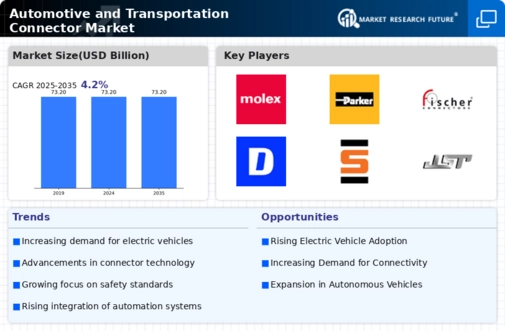
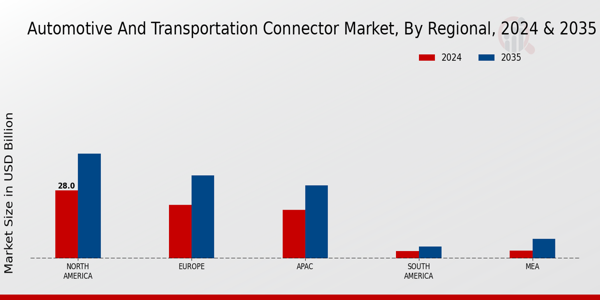


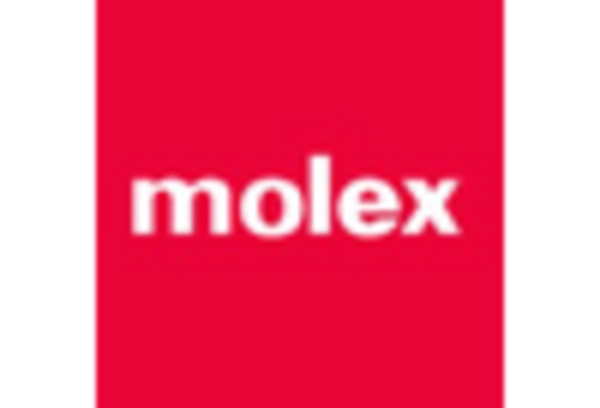
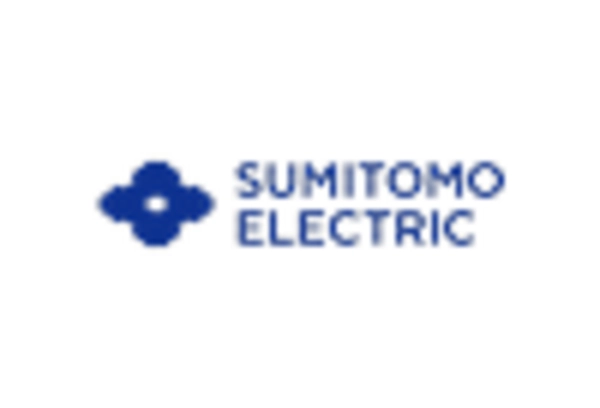
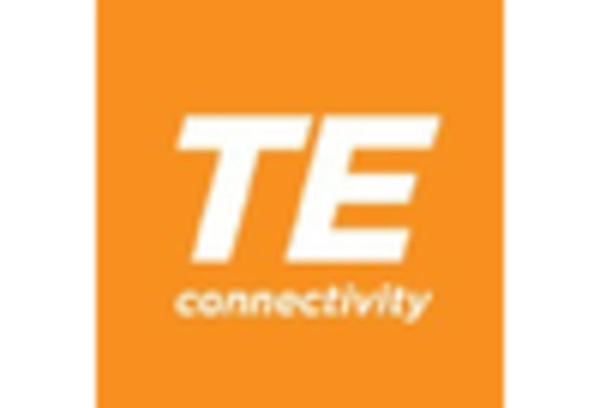
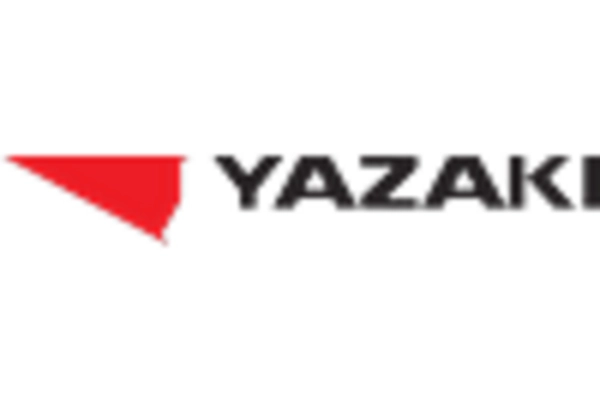








Leave a Comment